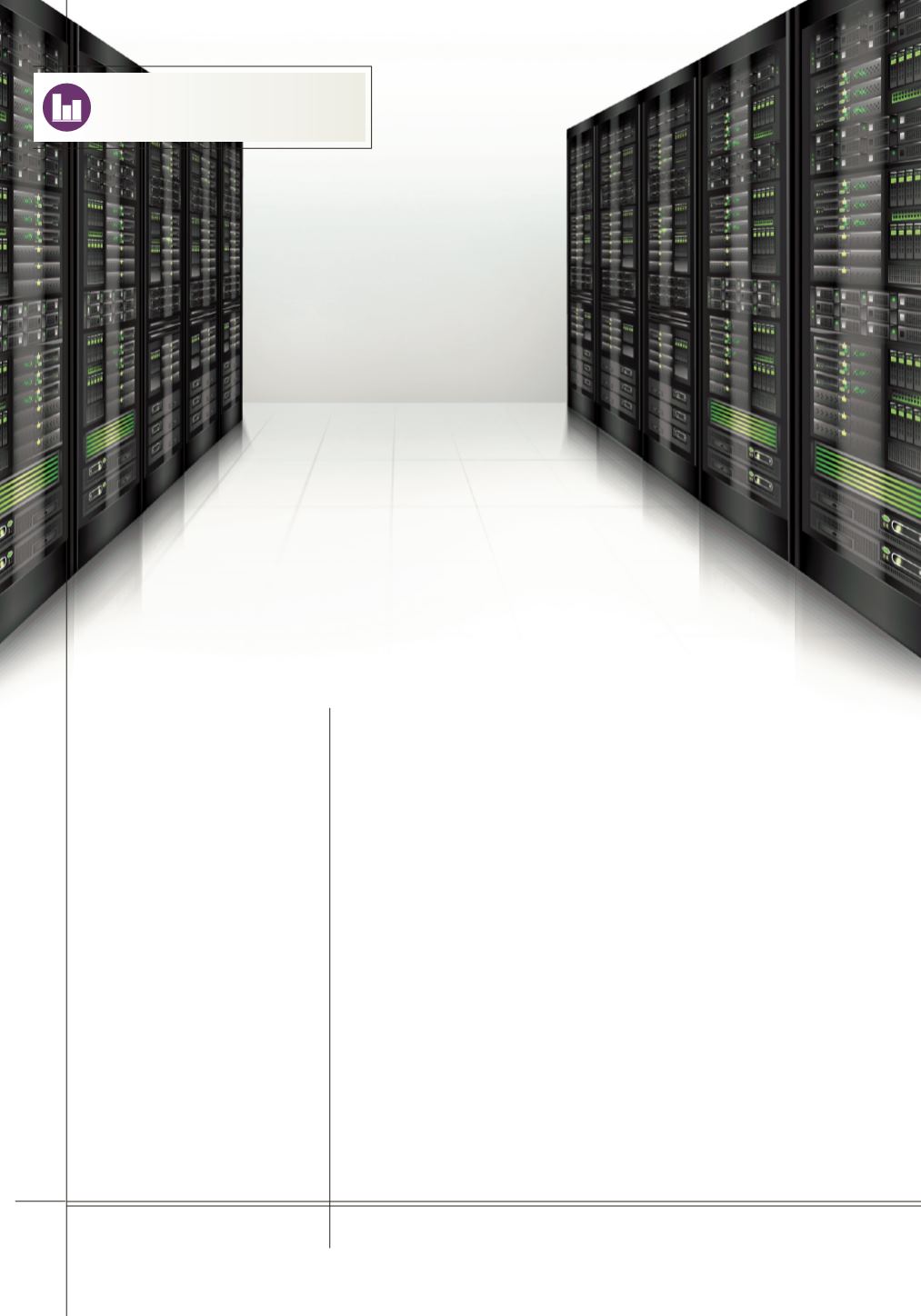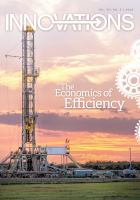

I N N O V AT I O N S • V O L . V I I , N O. 2 • 2 0 1 5
12
Benefiting from
advances in leak
detection, gas utilities
invest in data.
Analyzing
and Predicting
Potential Failure
For more than 100 years, utility companies have been relying
on pipelines to transport natural gas to customers. And for more than
100 years, customers have expected those lines to be 100 percent safe
and reliable.
Pipe materials and production methods have changed a bit over
this period, but customers’ expectations have not. Fortunately, pipeline
inspection and leak detection methods have greatly evolved to help
utilities meet those customer needs. And as gas utilities are particularly
devoted to their end users, most any development that delivers greater
safety and reliability is swiftly adopted. So it’s no surprise that when
predictive modeling software for pipeline integrity was introduced
about 15 years ago, the industry took note.
This relatively recent evolution has proven quite valuable to gas
utilities, helping them promote safe operations by identifying risks
for pipeline leaks, as well as recommending repairs and replacement.
However, although these software offerings have helped the industry
better serve its customers, the evolution is not without some unique
challenges.
To realize the full value of predictive software, utility companies
must gather and input extensive pipeline data – as is required by the
software – to most effectively predict failures. Adopting the software
M A R K E T R E P O R T



















